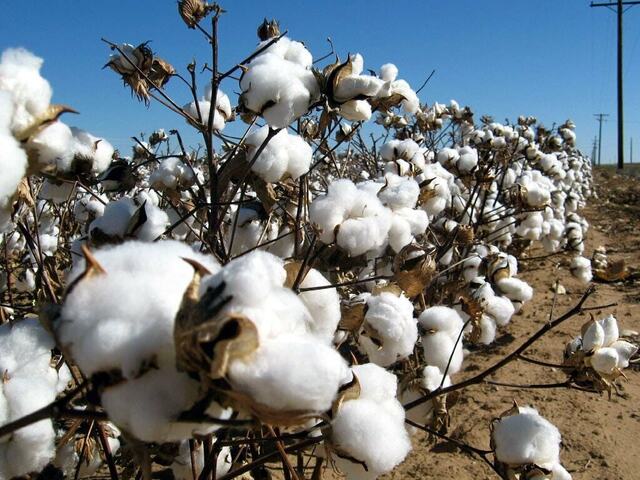By Recorder Report
Copyright brecorder

LAHORE: Cotton, long regarded as the backbone of Pakistan’s economy, today stands at a critical crossroads. On one hand, the latest report of the Pakistan Cotton Ginners Association (PCGA) offers encouraging news, showing that by September 15, 2025, cotton arrivals had increased by nearly 40 percent compared to last year.
On the other hand, torrential rains, floods, heatwaves and Cotton Leaf Curl Virus are sounding alarm bells of a decline in overall national production. While the recorded increase provides temporary relief, policy failures, agricultural challenges and industry indifference have pushed the entire value chain from farmers to the textile sector into a severe test.
Head Transfer of Technology Central Cotton Research Institute Multan Sajid Mahmood said that according to the report released today by the Pakistan Cotton Ginners Association, total cotton arrivals across the country reached 2,004,384 bales by September 15, 2025 compared to 1,434,028 bales during the same period last year, marking an increase of 40 percent. This reflects a rise of 668,752 bales so far this season.
In Punjab, 690,254 bales have arrived compared to 538,686 bales last year, an increase of 28 percent, while Sindh registered 1,314,130 bales, a rise of 47 percent over the previous year. Balochistan also displayed a positive trend, with 75,100 bales recorded this year.
Overall, 1,652,204 bales have already been supplied to textile mills nationwide. At present, a stock of 325,780 bales remains, including 97,712 pressed stock and 228,068 seed cotton. Meanwhile, 428 ginning factories are operational across the country.
However, estimates suggest that due to floods and recent heavy rains, production could decline by 0.6 to 1 million bales, plunging the country’s largest agro-industrial chain into uncertainty. In South Punjab, particularly Jalalpur Pirwala, Alipur and Lodhran, cotton crops suffered massive destruction due to flooding.
Similarly, in Bahawalnagar, rainfall caused extensive damage, with around 40 percent of the crop destroyed in tehsils such as Fort Abbas, Minchinabad, Chishtian and Haroonabad. This loss has directly impacted both farmers and the ginning industry, as the shortage of raw material has limited operations.
The consequences have now rippled through the textile value chain, where rising costs and disrupted production are threatening yarn, fabric and garment stages.
Nationally, production is feared to fall to only 5 million bales, compelling Pakistan to import over 6 million bales to meet domestic demand. This trend will not only strain precious foreign exchange reserves but also worsen the trade deficit and economic pressure.
In comparison, Sindh has shown relatively better performance than Punjab this season in terms of both yield and quality. While pest attacks remained limited in both provinces, Cotton Leaf Curl Virus exacerbated crop losses. The combined impact of excessive rains, floods, diseases and heatwaves has severely undermined production.
Moreover, the destruction of crops has raised another pressing concern: seed availability for the next season, further deepening the uncertainty for future cultivation.
Another worrying factor is the consistent neglect by the textile industry. While it has focused primarily on securing energy subsidies and tax rebates, it has taken no meaningful steps to improve cotton production, strengthen research institutions or facilitate farmers. By contrast, the sugar industry continues to provide maximum support to its growers, leading to a rapid shift of cultivation from cotton to sugarcane across the cotton belt, shrinking cotton acreage.
Meanwhile, Bangladesh, despite producing no cotton, imports around 8 million bales annually and has surpassed 50 billion dollars in textile exports. Pakistan, even when cotton production reached 14.6 million bales, could only achieve 16 to 20 billion dollars in textile exports, evidence that the industry has remained dependent on low-value addition.
Furthermore, the cotton research and development structure has been paralyzed due to the non-payment of cotton cess to the PCCC, entangling it in over 67 legal cases nationwide, the consequences of which the national economy is bearing today.
If timely and serious measures are not taken, the economy will be further gripped by import dependency, inflation and foreign exchange pressure.
The immediate need is to promote research with substantial investment, improve local seed varieties, implement proactive measures against flood risks and frame a comprehensive and actionable cotton policy. Only then can cotton and the entire textile value chain be steered out of crisis towards a sustainable future.
Copyright Business Recorder, 2025



